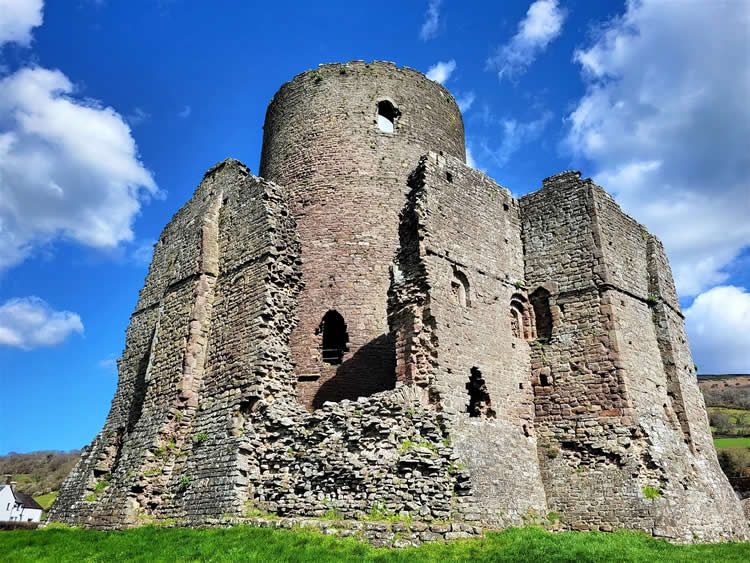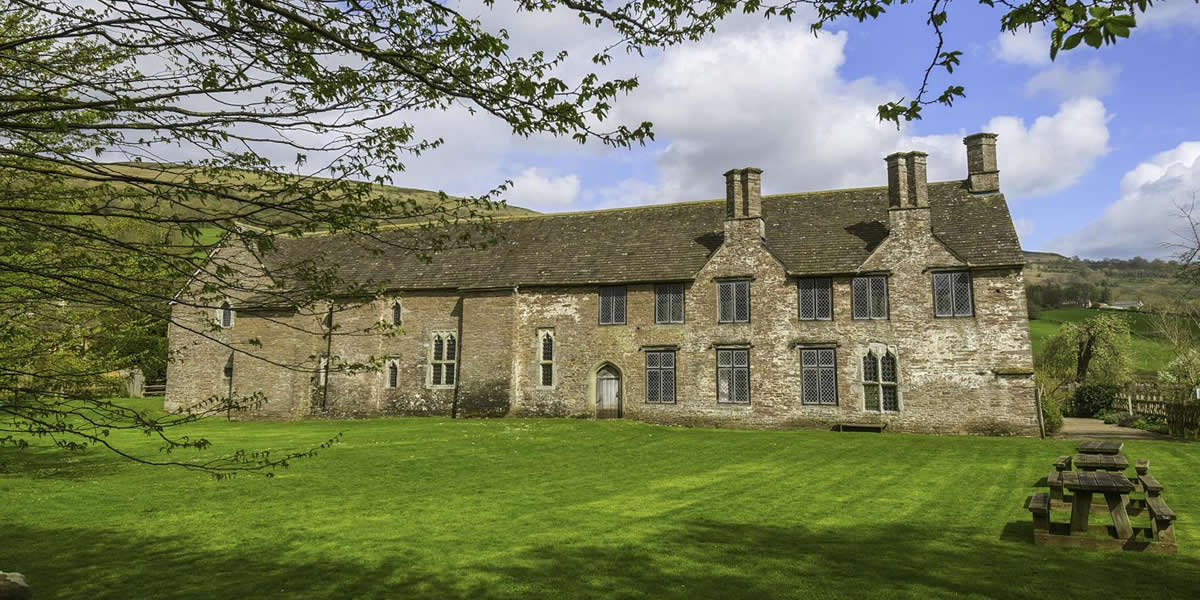The Full History of Tretower Court: A Journey Through Time
Nestled in the picturesque landscape of Powys, Wales, Tretower Court stands as a remarkable testament to the evolution of Welsh architecture and society over the centuries. This historic site, which comprises both a medieval court and a fortified tower house, has played a pivotal role in the region’s history, offering a window into the lives of its past inhabitants. In this post, we delve into the rich tapestry of Tretower Court’s history, tracing its origins, transformations, and enduring legacy.
Origins and Medieval Grandeur
Tretower Court’s story begins in the early 12th century, with the construction of a motte and bailey castle by the Norman lord, Picard. This strategic move was part of the broader Norman expansion into Wales, aimed at securing control over the newly conquered territories. The original castle, made of timber, was a symbol of Norman authority in the region, serving both as a military fortress and a seat of governance.
As the centuries progressed, the wooden structures gave way to stone, reflecting the evolving architectural trends and the need for more durable defences. By the late 12th century, the De Lacy family, who had inherited the site, undertook significant renovations, replacing the original fortifications with a more formidable stone keep. This transition marked the beginning of Tretower’s transformation into a symbol of medieval might and prestige.
The Rise of Tretower Court
The 14th century heralded a new era for Tretower, with the focus shifting from military strength to domestic comfort and social status. The Vaughan family, the new lords of Tretower, embarked on an ambitious project to construct Tretower Court adjacent to the tower. This new development was designed to reflect the growing importance of courtly life and the need for spaces that could accommodate the social and political functions of the Welsh gentry.


